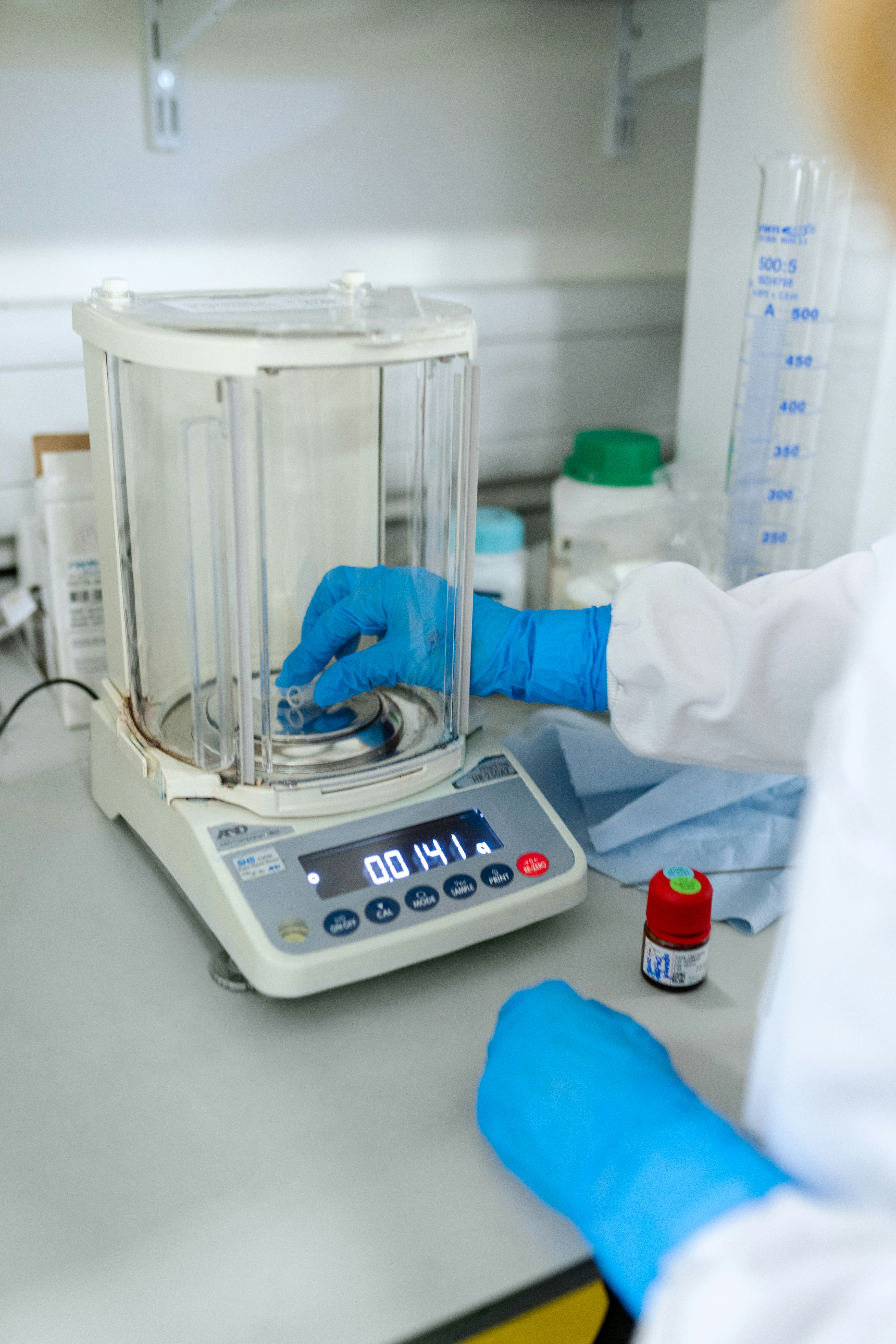Technological Developments in Sports Science

Technological Developments in Sports Science
Introduction
In recent years, technological advancements have revolutionized the field of sports science, enhancing athletes’ performance, preventing injuries, and optimizing training regimes. These developments span various areas, from wearable devices to advanced analytics and virtual simulations, fundamentally changing how sports are played and managed.
Wearable Technology
Wearable devices have become ubiquitous in sports, providing real-time data on athletes’ physiological parameters such as heart rate, oxygen saturation, and even muscle activity. These devices, ranging from smartwatches to specialized sensors, enable coaches and trainers to monitor athletes’ performance metrics accurately. For example, the use of GPS-enabled trackers in soccer allows coaches to analyze players’ positioning, speed, and distance covered during matches and training sessions, aiding in tactical adjustments and workload management.
Case Study: Catapult Sports
Catapult Sports is a prominent provider of wearable technology in sports. Their devices are used across various disciplines, including soccer, basketball, and rugby, to track athletes’ movements and biomechanics. The data collected helps coaches optimize training sessions and reduce the risk of injuries by identifying movement patterns that may lead to overuse or strain.
Biomechanical Analysis
Advancements in biomechanics have enabled detailed analysis of athletes’ movements, enhancing performance and injury prevention strategies. Motion capture systems, once limited to laboratories, are now portable and can be used outdoors or within training facilities. These systems provide precise measurements of joint angles, forces exerted, and muscle activation patterns during athletic movements like running, jumping, and throwing.
Case Study: Runscribe
Runscribe is a wearable sensor that provides detailed biomechanical analysis for runners. It measures parameters such as stride length, foot strike patterns, and ground contact time. By analyzing this data, coaches can offer personalized feedback to improve running efficiency and reduce the risk of overuse injuries.
Virtual Reality and Simulation
Virtual reality (VR) and simulation technologies have found applications in sports training and rehabilitation. VR systems allow athletes to immerse themselves in realistic game scenarios, enhancing decision-making skills and spatial awareness. In rehabilitation, VR can simulate movements to aid recovery from injuries by gradually reintroducing physical activity in a controlled environment.
Case Study: STRIVR
STRIVR uses VR to train athletes by replicating game situations in football, basketball, and other sports. Athletes can practice plays repeatedly in a virtual environment, which can enhance performance under pressure during actual games.
Data Analytics and Artificial Intelligence
Data analytics powered by artificial intelligence (AI) algorithms have transformed how teams strategize and analyze performance. AI can process vast amounts of data from matches, training sessions, and wearable devices to identify patterns and trends that human analysts might overlook. This data-driven approach helps coaches make informed decisions regarding player selection, tactics, and training methodologies.
Case Study: IBM Watson in Tennis
IBM Watson has been used in tennis to analyze player performance based on historical data, weather conditions, and even social media sentiment analysis. This AI-powered analysis provides coaches with insights into opponents’ strengths and weaknesses, helping players develop effective game plans.
Conclusion
Technological developments in sports science continue to evolve rapidly, offering unprecedented insights into athletic performance and injury prevention. From wearable technology providing real-time data to VR simulations enhancing training methodologies, these advancements are reshaping how sports are practiced and managed at all levels. Embracing these innovations enables athletes and teams to achieve new heights in performance, making sports science an indispensable aspect of modern competitive sports.
By leveraging these technologies responsibly, sports professionals can unlock the full potential of their athletes while prioritizing their health and well-being in an increasingly competitive sporting landscape.







